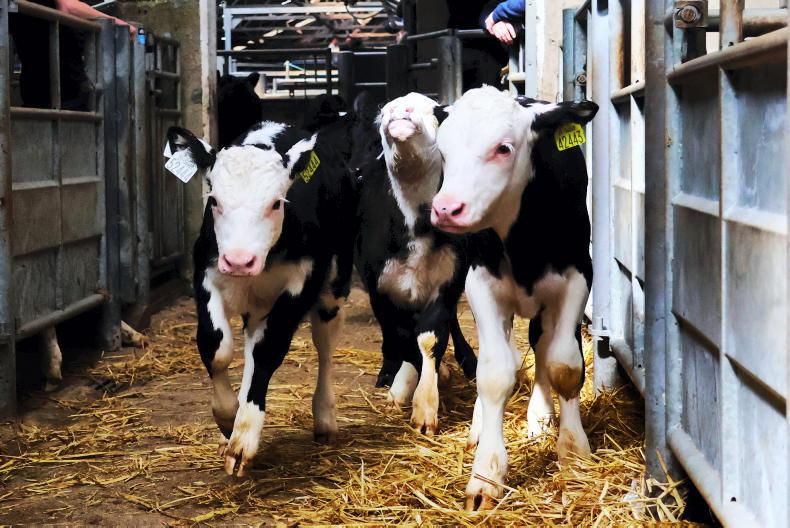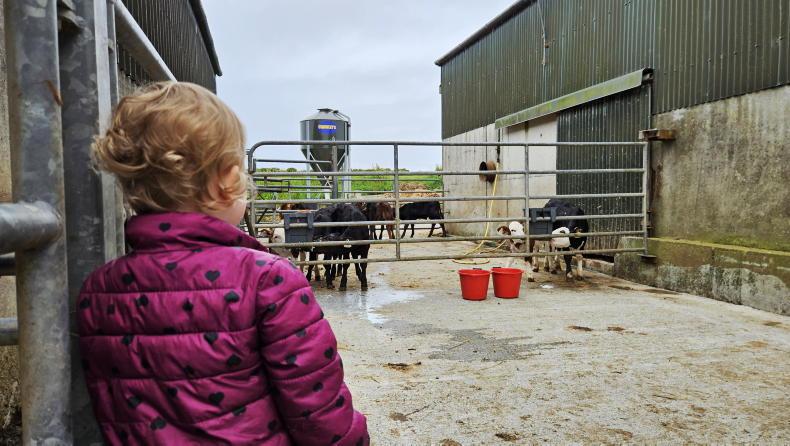The winter period is the most common time for stock to fall behind target weight in a dairy calf to beef production system.
Higher feed costs this year will more than likely mean concentrate feeding will be reduced to a minimum but it is important that it doesn’t come at the cost of a loss in animal performance.
For farmers operating a 24-month-old production system, a target winter growth rate of around 0.6kg/day should be sufficient. This will see an animal gain around 70kg over a 120-day typical winter period.
However, for farmers who wish to finish stock at between 19 and 21 months of age, at the end of this coming grazing season, a winter growth rate of between 0.7kg/day and 0.8kg/day should be targeted.
While it sounds like a small difference from the other system, it means stock will gain 90kg over the same winter period and will really stand to them come the time of slaughter at the end of the year.
High-quality forage
Ideally, this extra performance is coming primarily from high-quality forage. Silage with a DMD value in excess of 75% will be required in this system plus maybe 1kg/head/day concentrate.
If not already carried out, a midwinter weighing should be done in the coming days to assess where your stock are and how winter performance is stacking up. Table 1 outlines the weight various stock types should be currently based on their birth date.
If animals are behind target then you need to find out why. Most likely the diet being delivered is not sufficient to achieve the target growth rate but there could be a health issue. Have stock been dosed sufficiently? It may be worth taking a dung sample to see if there are any issues.
Where stock are ahead of target, meal feeding could be scaled back slightly and perhaps removed completely in the final few weeks of winter in preparation for a return to pasture.









SHARING OPTIONS